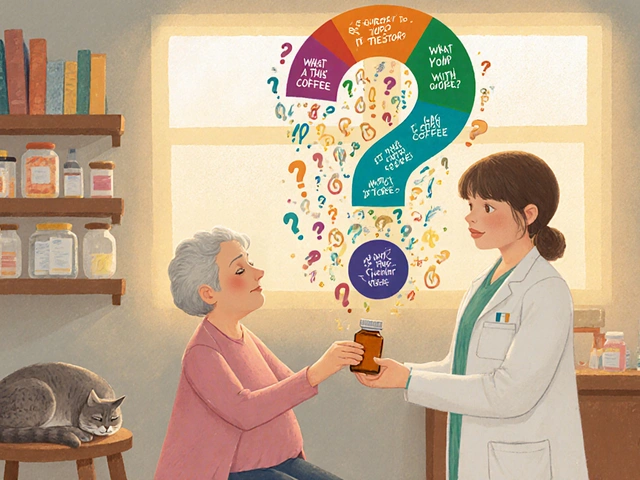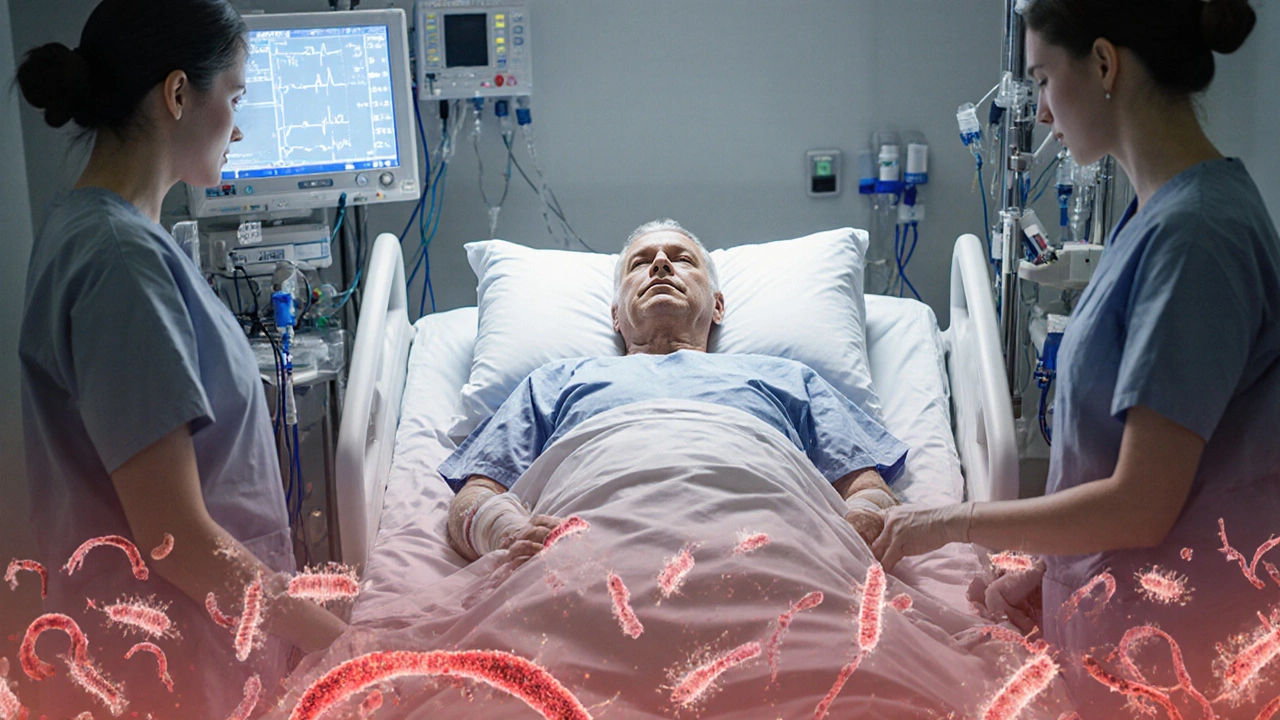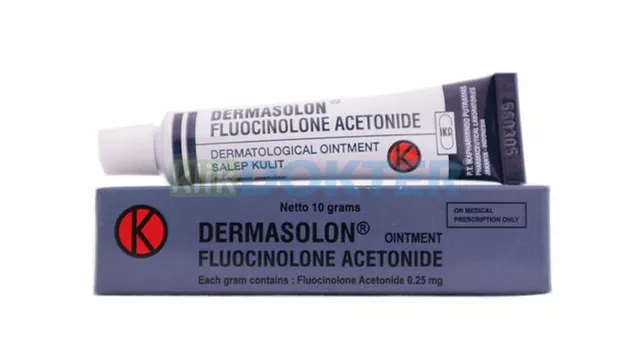candidemia
When talking about candidemia, a bloodstream infection caused by yeasts of the genus Candida. Also known as Candida sepsis, it primarily strikes people with weakened immune systems or invasive medical devices. Understanding candidemia means looking at the fungus, the host, and the treatment all at once. Below we break down the most important pieces so you can see how they fit together.
Key aspects of candidemia
The culprit behind most cases is a group of Candida species, yeasts that naturally live on skin, mouth, and gut but can turn invasive when they enter the bloodstream. The most common offenders are C. albicans, C. glabrata, and C. parapsilosis. These species differ in drug susceptibility, so knowing which one you’re dealing with guides the choice of medication. In short, Candida species drive the infection, and their identification is the first step toward effective care.
Risk factors cluster around two themes: compromised immunity and foreign material inside the body. Patients in intensive care units, those on broad‑spectrum antibiotics, or individuals with neutropenia are especially vulnerable. A major gateway is the central venous catheter, a tube placed in a large vein to deliver fluids or medications. The catheter’s surface provides a perfect breeding ground for biofilm formation, letting Candida slip into the blood. Removing or replacing the line whenever infection is suspected can cut down the odds of a full‑blown episode.
Diagnosing candidemia isn’t just about a positive blood culture; it’s a timed puzzle. Blood cultures remain the gold standard, but they can take days to turn positive. Faster markers like serum (1→3)-β‑D‑glucan or PCR‑based assays give early clues, especially when the patient is already on antifungal prophylaxis. Combining clinical signs—fever, chills, hypotension—with laboratory data helps clinicians decide when to start treatment without waiting for definitive results.
Once the infection is confirmed, antifungal therapy, the use of drugs that kill or inhibit fungal growth becomes the cornerstone of management. Current guidelines favor an echinocandin (caspofungin, micafungin, or anidulafungin) as first‑line because of its broad activity and low resistance rates. If the isolate is susceptible, you can step down to fluconazole after clinical improvement. Treatment typically lasts 14 days after the first negative blood culture, but the exact duration depends on the infection source and patient’s immune status.
Prevention strategies focus on minimizing exposure and eliminating reservoirs. Strict hand hygiene, careful catheter care, and antimicrobial stewardship reduce the chance of Candida overgrowth. For high‑risk patients, prophylactic fluconazole or echinocandin can be considered, but the decision must weigh the risk of resistance. Ongoing education for healthcare staff and routine audit of catheter practices keep the infection rates down.
Below you’ll find a curated collection of articles that dive deeper into related topics—drug safety, medication comparisons, and health conditions that often intersect with candidemia management. Whether you’re looking for practical tips on buying generic medicines safely or exploring how lifestyle factors influence infection risk, the resources here are designed to give you actionable insight right away.
9
Candidemia and Disseminated Candida Infections: How They Strain the Healthcare System
Explore how candidemia and disseminated Candida infections affect hospital costs, patient outcomes, and healthcare resources, and learn strategies to reduce their impact.
Latest Posts
Popular Posts
-
 Blue Light and Eye Health: Screen Filters and Habits That Actually Work
Blue Light and Eye Health: Screen Filters and Habits That Actually Work
-
 Meniscus and ACL Injuries: Understanding Knee Pain and When Surgery Is Necessary
Meniscus and ACL Injuries: Understanding Knee Pain and When Surgery Is Necessary
-
 Cognitive Biases: How Your Beliefs Shape What You Say and Do
Cognitive Biases: How Your Beliefs Shape What You Say and Do
-
 Danshen and Heart Medications: Serious Interaction Risks You Can't Ignore
Danshen and Heart Medications: Serious Interaction Risks You Can't Ignore
-
 Questions to Ask Your Pharmacist About Prescription Medications
Questions to Ask Your Pharmacist About Prescription Medications



